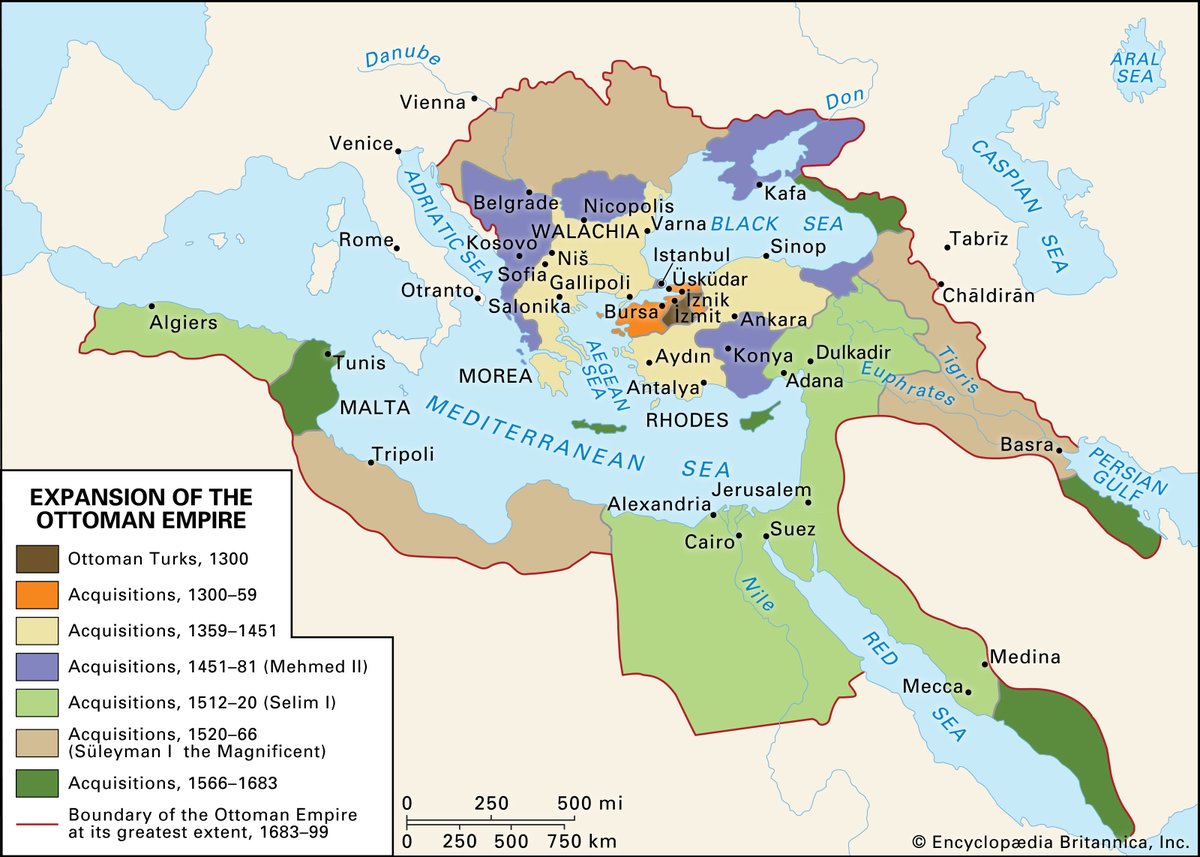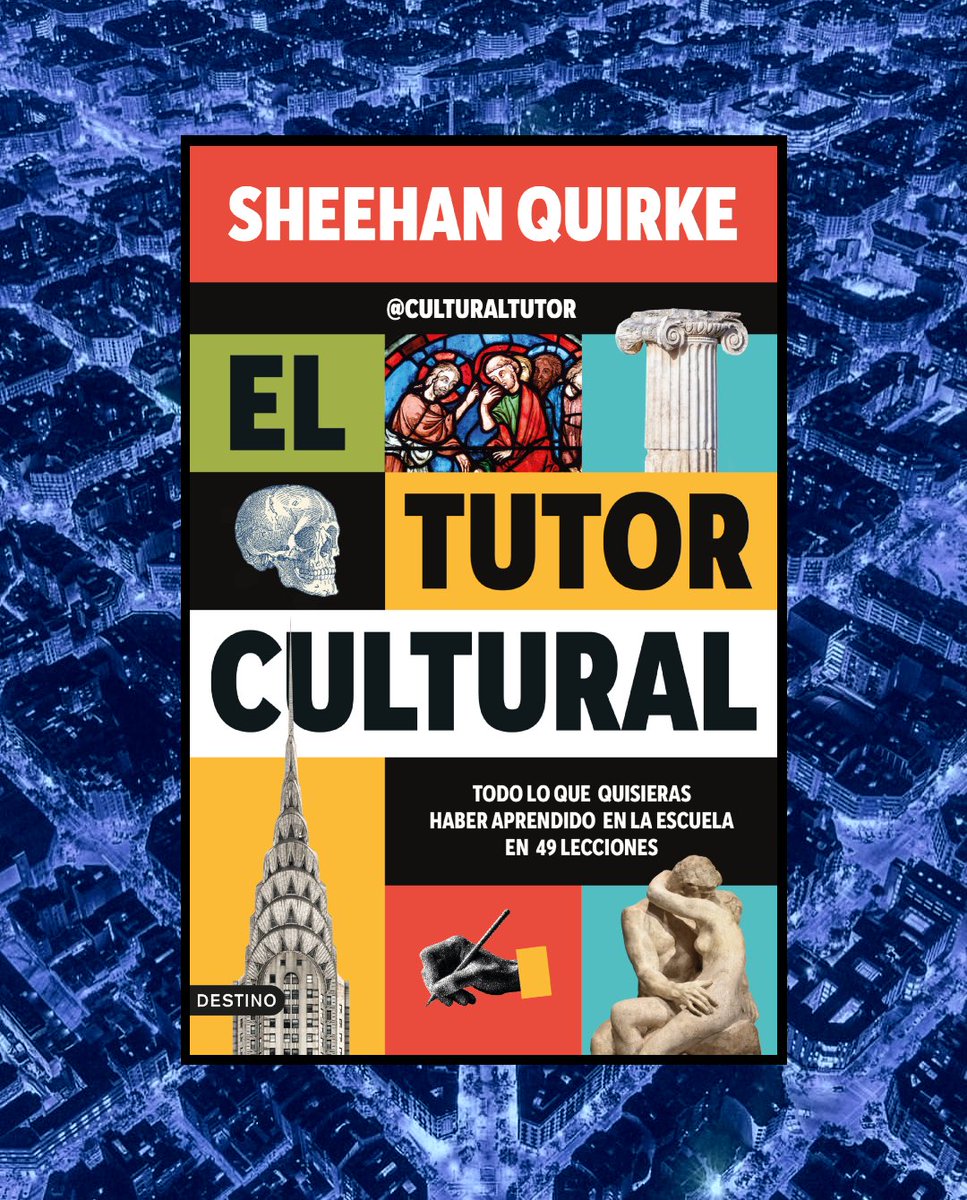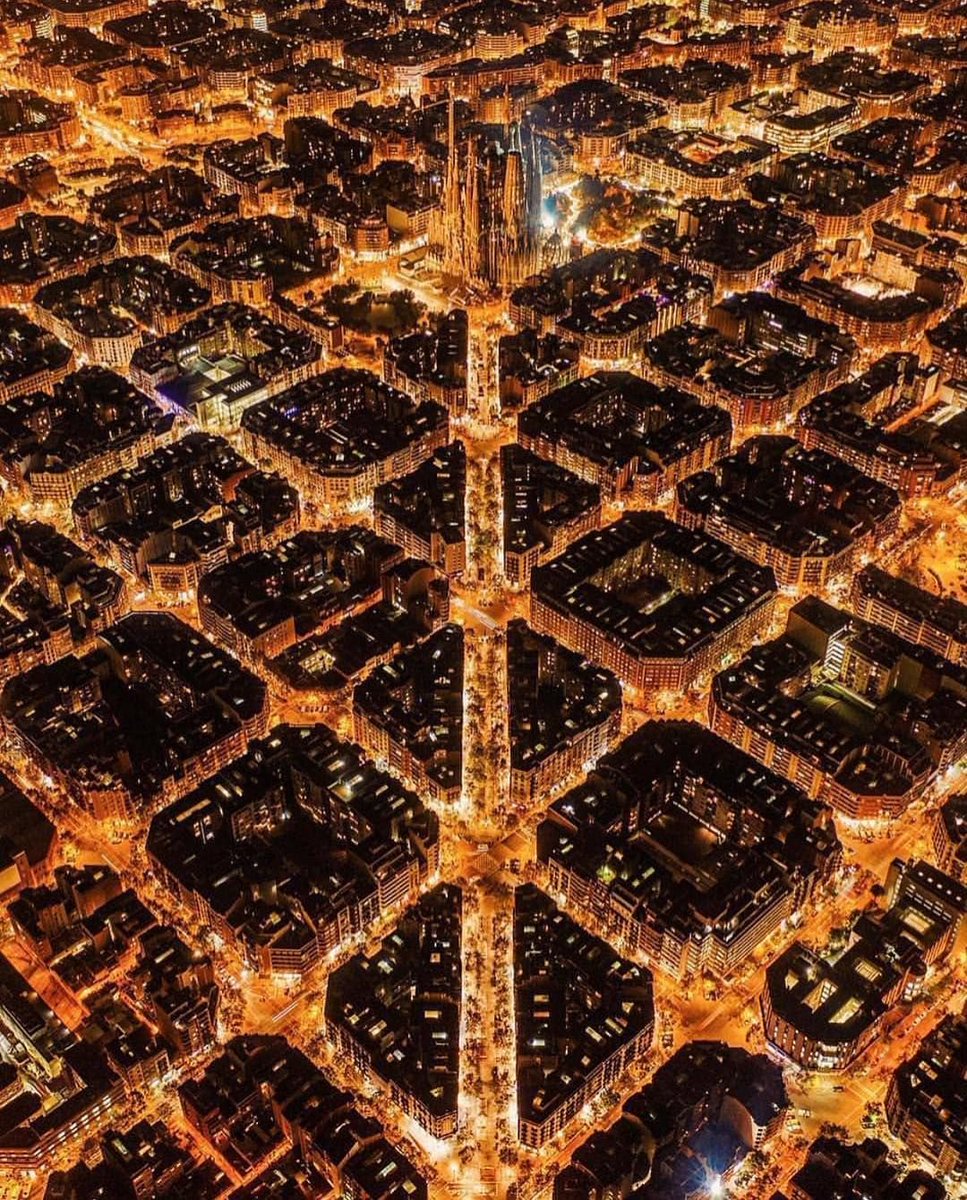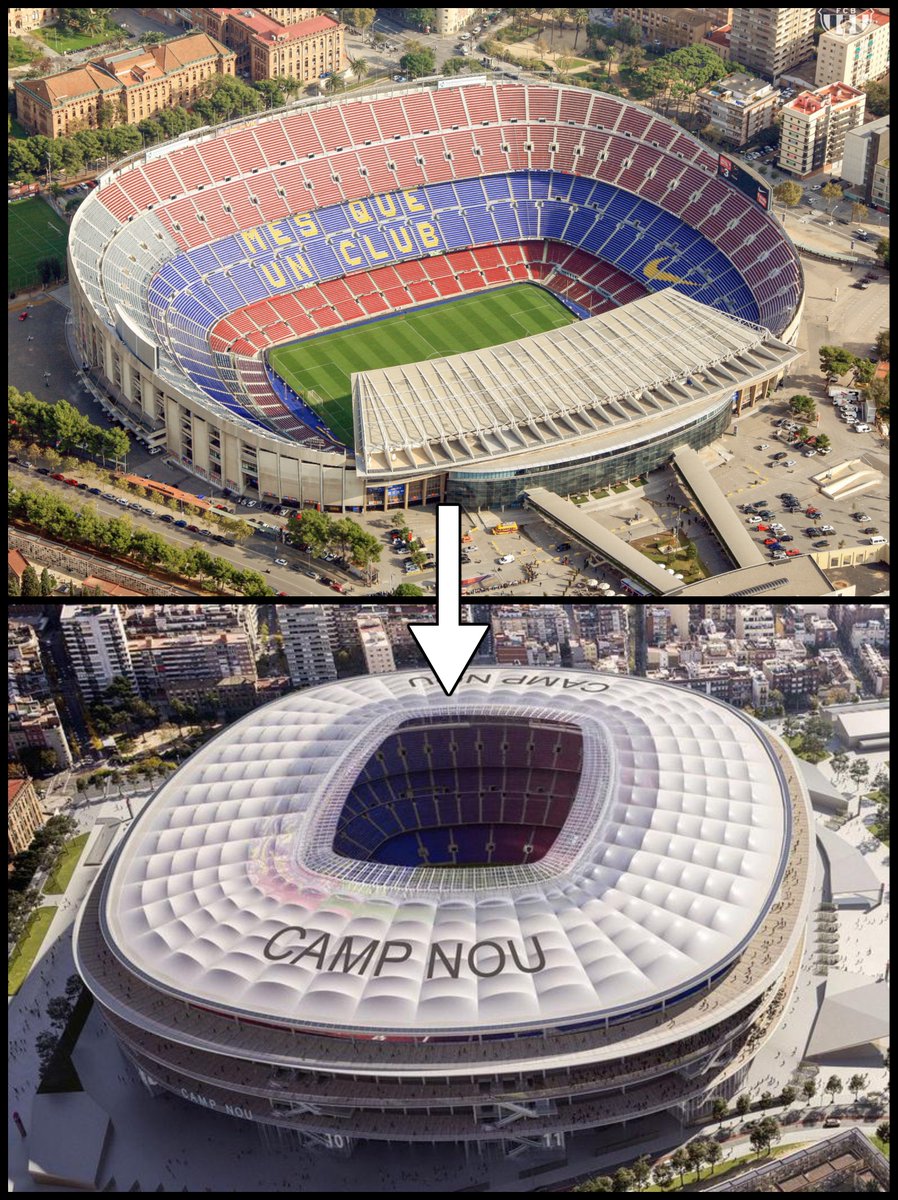If you study these 13 maps for just a couple of minutes each, you'll understand history much better.
Starting with... the migrations of prehistoric humanity.
Starting with... the migrations of prehistoric humanity.

Ancient Mesopotamia
The cradle of human civilisation. Writing, the wheel, and cities are just a few of the inventions we owe to the people of Sumer, Assyria, and Akkad.
The cradle of human civilisation. Writing, the wheel, and cities are just a few of the inventions we owe to the people of Sumer, Assyria, and Akkad.

The Bronze Age Collapse
A pivotal and mysterious moment in history, when much of the known world order imploded.
A pivotal and mysterious moment in history, when much of the known world order imploded.

Ancient Greece
It wasn't a country - it was a collection of culturally aligned (but highly differing!) city-states with varying political structures.
It wasn't a country - it was a collection of culturally aligned (but highly differing!) city-states with varying political structures.

The Conquests of Alexander the Great
From Macedonia to the Indus River Valley, history's greatest conqueror left a blazing trail across the known world.
From Macedonia to the Indus River Valley, history's greatest conqueror left a blazing trail across the known world.

Where were the books of the Bible written?
In many different places, centuries apart. This gives you some idea of the true scale of the Bible.
In many different places, centuries apart. This gives you some idea of the true scale of the Bible.

The Provinces of the Roman Empire
If you know the ancient names by which modern places were known, it will make reading Roman history much more enjoyable and understandable.
If you know the ancient names by which modern places were known, it will make reading Roman history much more enjoyable and understandable.

The Crusades
You've heard about them, but now you can see where they came from, where they went, and how they got there.
You've heard about them, but now you can see where they came from, where they went, and how they got there.

The expansion of the Ottoman Empire
The growth of one of the first truly pluralistic empires, spanning three continents and lasting for over six centuries.
The growth of one of the first truly pluralistic empires, spanning three continents and lasting for over six centuries.

Europe on the eve of the First World War
Before the Old World tore itself to pieces. Nothing would ever be the same again.
Before the Old World tore itself to pieces. Nothing would ever be the same again.

These maps are far from a definitive list.
Rather, they're aimed at providing some general context of time and place.
Once you've got a basic framework of date and location in mind, history starts to make much more sense.
Rather, they're aimed at providing some general context of time and place.
Once you've got a basic framework of date and location in mind, history starts to make much more sense.
• • •
Missing some Tweet in this thread? You can try to
force a refresh
























